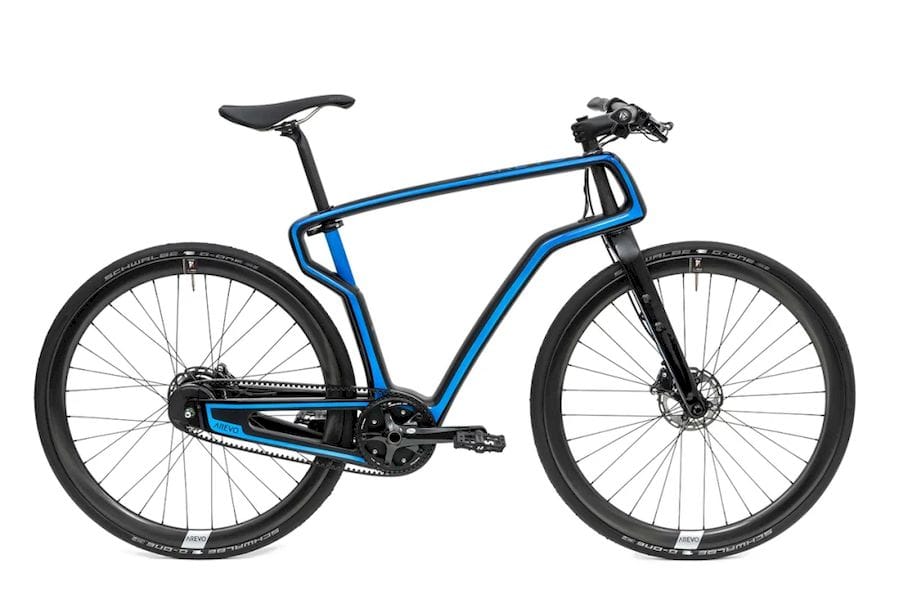
What are the implications of Stratasys’ recent acquisition of Arevo’s technology?
Readers may recall Arevo, an interesting continuous carbon-fiber 3D printing startup that has recently suffered financial issues. The company developed a large-format FFF 3D printer that incorporated continuous carbon fiber directly into the print.
This enables production of parts far stronger than typical polymer prints, even those made with “carbon fiber” filament. Carbon fiber filament is simply a mix of a polymer and tiny chopped carbon fibers. Meanwhile, continuous carbon fiber is just that: long strands of incredibly strong carbon molecules.
Very few 3D printers are able to lay down continuous carbon fibers in their prints, most notably devices from Anisoprint and Markforged. Arevo was among that exclusive group.
Alas, Arevo had serious financial difficulties. The company embarked on a unique business model that involved applications, rather than equipment. For example, they launched a business that built lightweight bicycle frames, then another building furniture, and so on. The idea was that these applications, and others that would follow, would push up printer usage, and make it economically feasible.
But it didn’t seem to work out. Last summer reports from Asia indicated that the company was seemingly shutting down. That is the fate of many 3D print startups, so it wasn’t unexpected, particularly when a very unusual new and untried business model was involved.
We hadn’t heard anything about Arevo since, until a few weeks ago when Stratasys announced they had acquired Arevo’s “technology portfolio”:
“The acquisition of the IP estate includes multiple foundational patents in carbon fiber printing, Z-strength improvement achieved by localized laser melting and roller compaction, in-situ and AI build monitoring, and hardware design. Adoption of this technology in Stratasys FDM® print systems enables Stratasys to extend its addressable manufacturing applications for its customers.”
Stratasys Chief Industrial Business Officer Rich Garrity explained:
“The technology we’ve acquired allows for increasingly improved isotropy of physical properties in FDM parts, which opens up additional use for customers. This investment continues our commitment to focusing our organic and inorganic innovation on applications and use cases that provide real value to our manufacturing customers, ensuring that Stratasys will continue to be the most relevant and attractive partner moving forward.”
After reading Stratasys’ press release a few times, I get the impression they do not intend to directly use the latest Arevo 3D printer, the Aqua 2.
That’s not surprising as today’s industrial 3D printers are deeply embedded into associated software systems and workflows, into which the Aqua 2 is not integrated.
The choice facing Stratasys would be either integrating the Aqua 2 into the Stratasys world, which would also include setting up manufacturing of the device and other aspects, or simply using the technologies on their own existing devices.
It seems Stratasys chose the latter, which is probably a good idea. The company produces a number of FFF devices (which they refer to with their FDM trademark), and some of these models could definitely be modified to make use of the Arevo tech. They’d be new models, for sure, but offer advanced continuous carbon fiber technology while staying within the Stratasys software ecosystem.
That likely will take some time to do. If Arevo had a sufficiently large manufacturing operation that Stratasys could have taken over, we might have seen a rebranded Aqua 2 earlier. Stratasys is an enormous company with a huge number of resellers, all of which might want to order new continuous carbon fiber machines. It’s not surprising that Stratasys chose to integrate the technology.
This means we might see a Stratasys continuous carbon fiber device appear in the future, perhaps in a year? It’s hard to say, as the company might have been working on something similar in their labs, in which case it may appear sooner.
Via Stratasys
